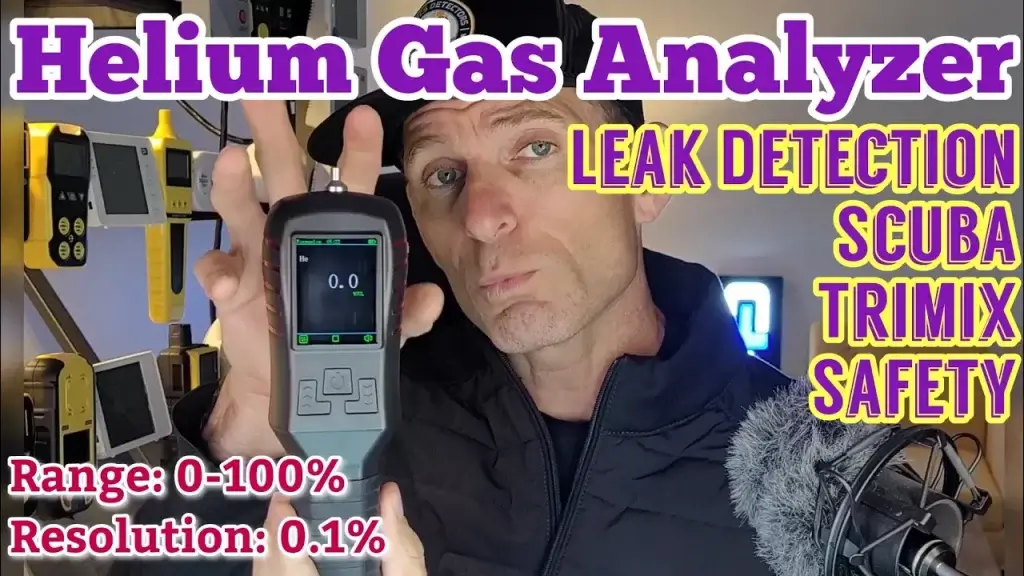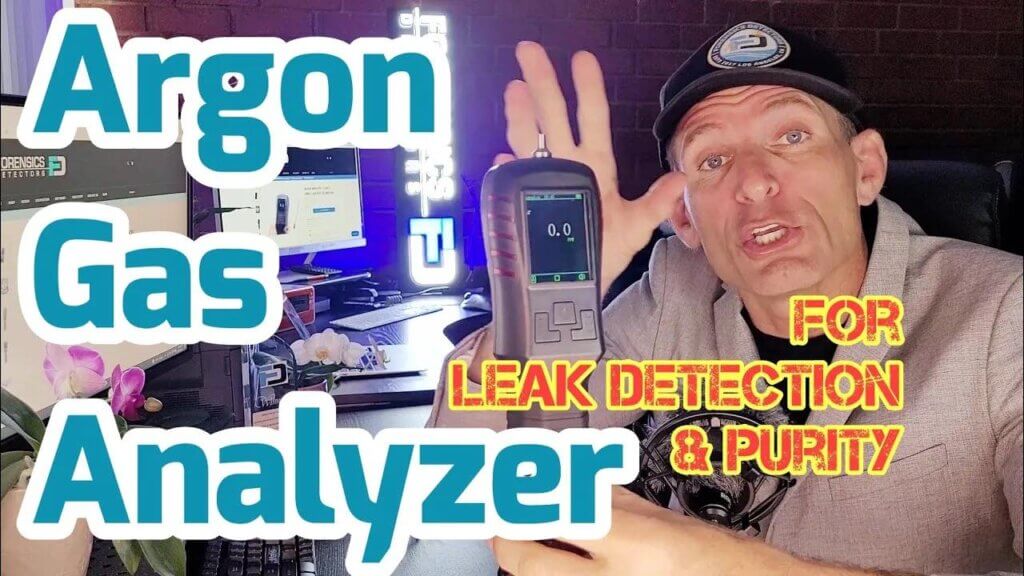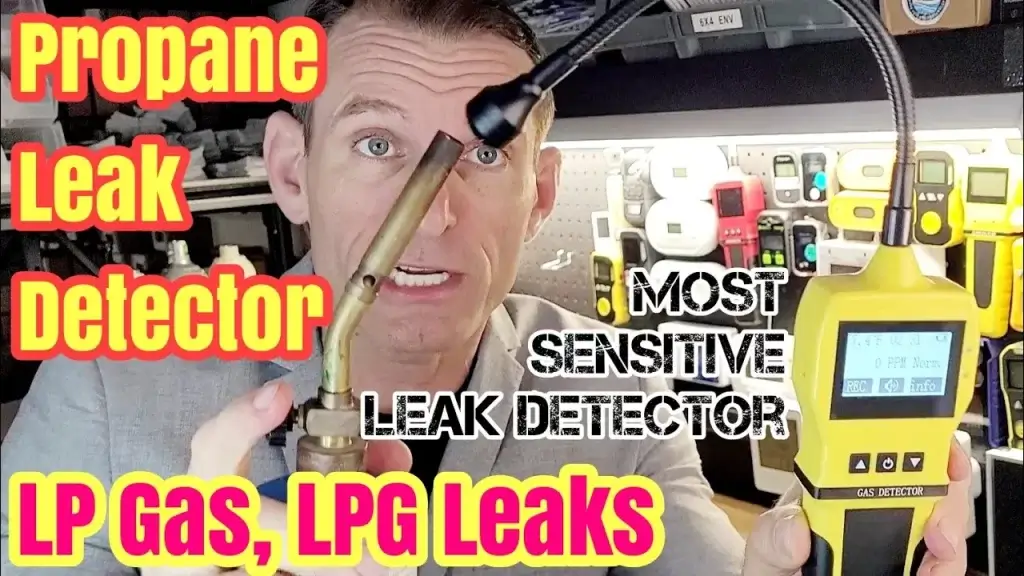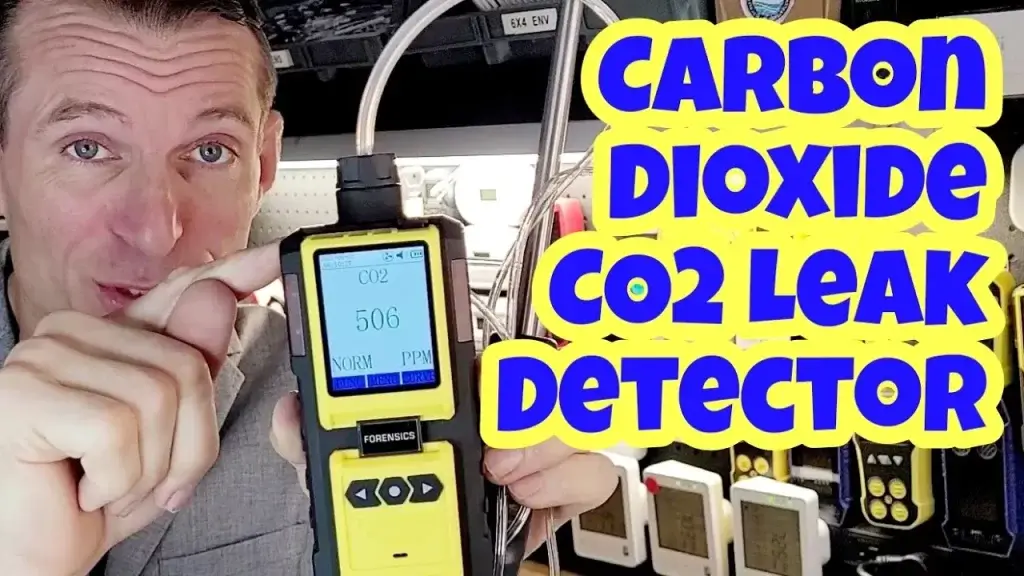Contents
- The Role Of Nitrogen In Cryogenics
- Critical Properties Of Nitrogen
- Applications In Cryogenic Technology
- Key Uses Of Cryotherapy
- Medical And Wellness Benefits
- Sports Recovery And Performance Enhancement
- Risks Of Nitrogen Leaks
- Health Hazards
- Environmental Impact
- Preventing And Detecting Leaks
- Safety Protocols
- Leak Detection Technology
- Mitigation Strategies
- Emergency Response
- Engineering Improvements
- Regulations And Standards
- Industry Guidelines
- Governmental Oversight
- Frequently Asked Questions Of Why Nitrogen Leaks Matter In Cryogenics And Cryotherapy
- Why Should We Worry About Nitrogen Leaks?
- How Do Nitrogen Leaks Impact Cryotherapy?
- Can Nitrogen Leaks Be Detected Easily?
- What Are Signs Of A Nitrogen Leak In Cryogenics?
- Conclusion
Nitrogen leaks in cryogenics and cryotherapy can compromise safety and system efficiency. They lead to operational disruptions and increase running costs.
Cryogenics and cryotherapy utilize extremely low temperatures for various applications, from preserving biological samples to reducing inflammation in medical treatments. Ensuring the tight containment of nitrogen, often used as a refrigerant, is crucial.
Any leakage can result in hazardous situations because liquid nitrogen expands rapidly when it transitions to gas, which can cause pressure build-ups or displace oxygen in the air, potentially leading to asphyxiation.
Moreover, leaks indicate a loss of refrigerant, which affects the performance of the cryogenic system and leads to additional financial burdens owing to the need for refills and repairs.
Therefore, regular maintenance and monitoring of cryogenic systems are critical to prevent nitrogen leakage and ensure safe and cost-effective operations.
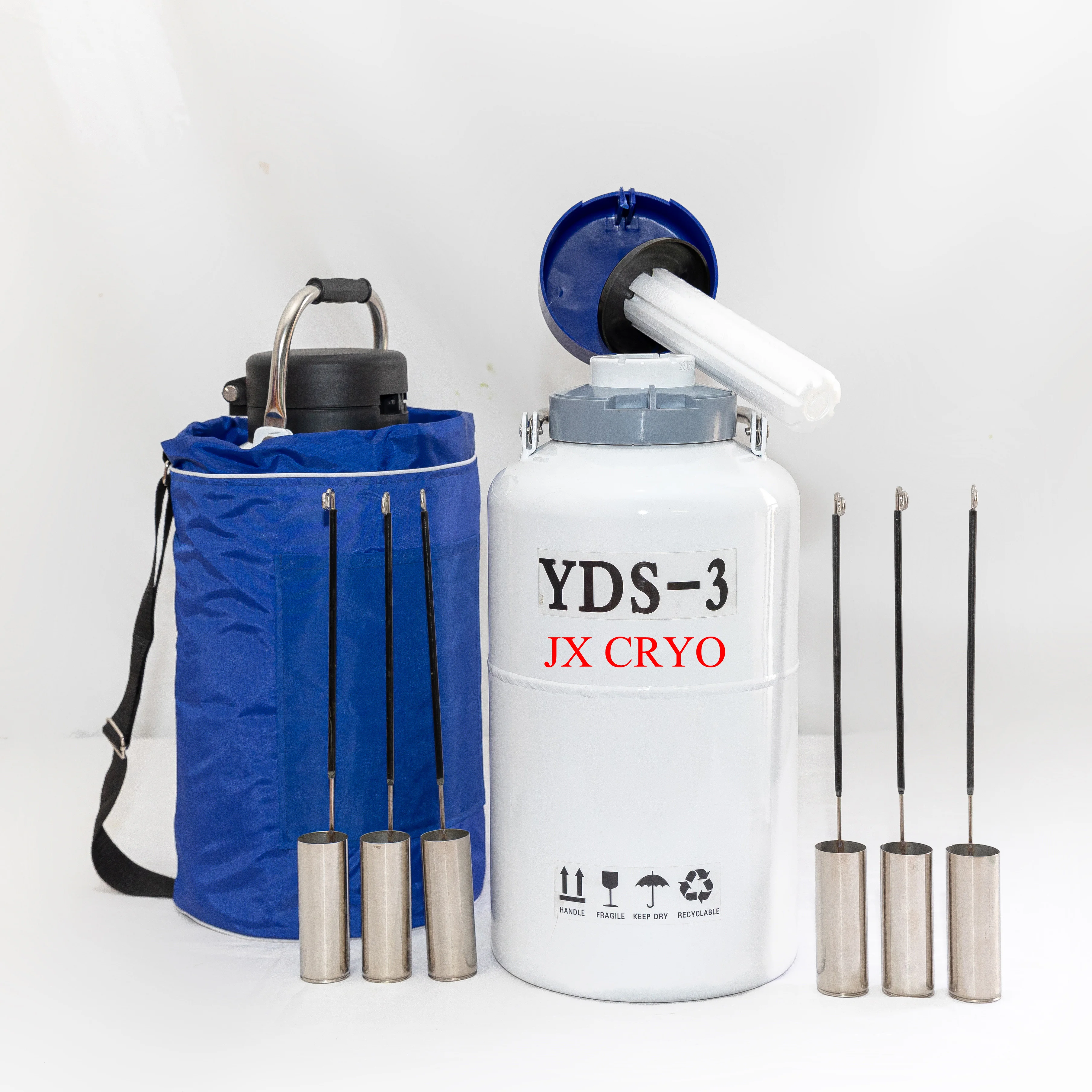
The Role Of Nitrogen In Cryogenics
Nitrogen plays a key part in cryogenics. This branch of physics deals with the production and effects of very low temperatures. Nitrogen is essential because it turns into a liquid at extremely cold temperatures.
This makes it perfect for creating cold environments needed in various applications.
Critical Properties Of Nitrogen
Nitrogen has some important features. These features make it great for use in cryogenics:
- Liquid at low temperatures: It becomes a liquid at -196°C. This is vital for processes needing cold liquid.
- Inert nature: It does not react with many materials. This is good for safe storage and handling.
- High latent heat: Nitrogen absorbs lots of heat when it changes from liquid to gas. This helps in cooling.
- Low boiling point: Its low boiling point makes it ideal for maintaining ultra-cold conditions.
Applications In Cryogenic Technology
Liquid nitrogen finds use in many cryogenic procedures:
| Application | Description |
|---|---|
| Cryopreservation | Freezes and stores biological samples like cells and tissues. |
| Food Industry | Quickly freeze food to maintain freshness. |
| Cryotherapy | Used in medical treatments to remove unwanted tissues. |
| Superconductivity Research | Enables the study of materials at very low temperatures. |
These uses depend on nitrogen’s unique properties. Without nitrogen, achieving and maintaining the necessary cold conditions would be tough. This is why monitoring for nitrogen leaks is critical. Leaks can disrupt these applications. They can also pose safety risks to humans.
Key Uses Of Cryotherapy
As we explore the impacts of nitrogen leaks in specialized industries, it’s crucial to understand the key uses of cryotherapy. Cryotherapy, which involves the use of extreme cold in treatment or therapy, boasts a variety of applications. In sectors ranging from medical care to sports, this innovative approach leverages the healing and restorative properties of cold temperatures.
Medical And Wellness Benefits
Cryotherapy serves as a powerful tool in the medical field. Its use extends to:
- Reducing inflammation: It helps in lowering the body’s inflammatory response.
- Pain management: Patients often experience significant pain relief.
- Skin conditions: Treatments aid in improving various skin ailments.
Wellness centers embrace cryotherapy for:
- Stress reduction: Cold exposure can decrease stress hormones.
- Weight loss: It can boost metabolism, aiding in weight loss efforts.
- Beauty treatments: Cryotherapy promotes healthier-looking skin.
Sports Recovery And Performance Enhancement
In the realm of athletics, cryotherapy is a game-changer:
| Sports Recovery | Performance Enhancement |
|---|---|
|
|
Risks Of Nitrogen Leaks
Nitrogen leaks in cryogenics and cryotherapy are no small issue. These leaks can pose serious risks to human health and the environment. It’s crucial to understand the dangers and take steps to prevent them. Let’s break down the two main risks associated with nitrogen leaks.
Health Hazards
Nitrogen is odorless and colorless, making it hard to detect without special equipment. A leak could lead to an oxygen-deficient environment unnoticed. Here are the key health risks:
- Asphyxiation: Displaces oxygen, causing difficulty in breathing or suffocation.
- Frostbite and Cold Burns: Direct contact with liquid nitrogen can severely damage skin and eyes.
Ensuring safety measures and monitoring are vital to protect those in the vicinity.
Environmental Impact
Nitrogen may seem harmless since it makes up much of Earth’s atmosphere. Yet, impacts from leaks are notable:
| Impact | Details |
|---|---|
| Climate Change | Nitrous oxide, a potential by-product, is a powerful greenhouse gas. |
| Ecosystems | Can lead to over-fertilization, harming local flora and fauna. |
Environmental regulations aim to minimize these impacts from cryogenic facilities.

Preventing And Detecting Leaks
In cryogenics and cryotherapy, preventing nitrogen leaks is crucial. The right measures can keep everyone safe. Leak detection technology is also key. It finds leaks before they become big problems. Let’s explore how these methods work.
Safety Protocols
Following safety protocols helps prevent leaks. Here are steps to take:
- Regular Check-ups: Schedule frequent inspections of all equipment.
- Staff Training: Teach everyone to handle cryogenic materials safely.
- Maintenance: Keep tools in top shape to avoid unexpected leaks.
Leak Detection Technology
Advanced tech spots leaks that eyes can’t see. Here’s how it helps:
| Technology | Function |
|---|---|
| Gas Detectors: | Alerts when gas levels are high. |
| Infrared Cameras: | Shows gas leaks in real-time on a screen. |
| Acoustic Monitors: | Hears hissing sounds from leaks. |
Mitigation Strategies
Understanding the risks associated with nitrogen leaks in cryogenics and cryotherapy is essential. The correct response actions can prevent harm. Below are strategies to manage and mitigate these risks effectively.
Emergency Response
The first line of defense against a nitrogen leak is a solid emergency response plan. This plan must include:
- Evacuation protocols to ensure everyone’s safety.
- Leak detection systems that alert staff instantly.
- A method to isolate the leak quickly.
- Proper protective gear for responders.
- Training sessions for staff to handle leaks effectively.
Engineering Improvements
To reduce the occurrence of leaks, facilities must invest in engineering solutions:
| Improvement | Benefit |
|---|---|
| Upgraded materials | Durability and leak resistance. |
| Contingency designs | Backup systems activate during a failure. |
| Regular maintenance | Early identification of potential hazards. |
| Automated shut-off valves | Immediate response to minimize risk. |
Persistent evaluation of systems also ensures constant improvement and safety adherence.

Regulations And Standards
Understanding Regulations and Standards in cryogenics and cryotherapy is crucial. Nitrogen leaks can pose serious risks. They affect safety and performance. Being aware of regulations ensures that these risks are minimized.
Industry Guidelines
Industry Guidelines
Industry guidelines serve as a framework for safety and efficiency in handling nitrogen. These guidelines impact design and operation protocols. Entities involved in cryogenics must comply with them. The aim is to prevent accidents and promote best practices.
- Regular equipment checks to maintain functionality
- Training programs to equip staff with the necessary skills
- Safety protocols to be followed under all circumstances
Governmental Oversight
Governmental Oversight
Governmental oversight ensures legal requirements are met. Various countries have their own regulatory bodies. These bodies enforce regulations related to cryogenics. They conduct inspections and grant certifications. Non-compliance can lead to heavy fines or shutdowns.
| Country | Regulatory Body | Key Focus Area |
|---|---|---|
| USA | OSHA | Worker Safety |
| European Union | CE Marking | Equipment Standards |
| Canada | CSA Group | Standard Development |
Frequently Asked Questions Of Why Nitrogen Leaks Matter In Cryogenics And Cryotherapy
Why Should We Worry About Nitrogen Leaks?
Nitrogen leaks in cryogenic systems can be dangerous and affect efficiency. Leaks raise safety concerns due to nitrogen’s asphyxiating properties at high concentrations in confined spaces. They also lead to increased operational costs and potential equipment damage.
How Do Nitrogen Leaks Impact Cryotherapy?
In cryotherapy, nitrogen leaks can compromise treatment efficacy and patient safety. Exposure to excessive nitrogen may cause dizziness or suffocation. Therefore, maintaining an airtight system ensures the safety and effectiveness of the therapy.
Can Nitrogen Leaks Be Detected Easily?
Detecting nitrogen leaks can be challenging without the right equipment, as nitrogen is colorless and odorless. Specialized detection methods like ultrasonic detectors or the use of soapy water on joints are used to identify leaks in cryogenic systems.
What Are Signs Of A Nitrogen Leak In Cryogenics?
Common signs of a nitrogen leak include hissing sounds, frosting, or ice formation on exposed equipment parts. Unusual drops in pressure or inconsistent temperature readings can also indicate the presence of a leak.
Conclusion
Understanding nitrogen leaks in cryogenic applications is crucial. These incidents pose risks to safety and efficiency, impacting both the cryogenics and cryotherapy industries. Regular monitoring can prevent potential hazards and ensure operational continuity. It’s essential to prioritize the secure handling and storage of nitrogen to safeguard against leaks.

